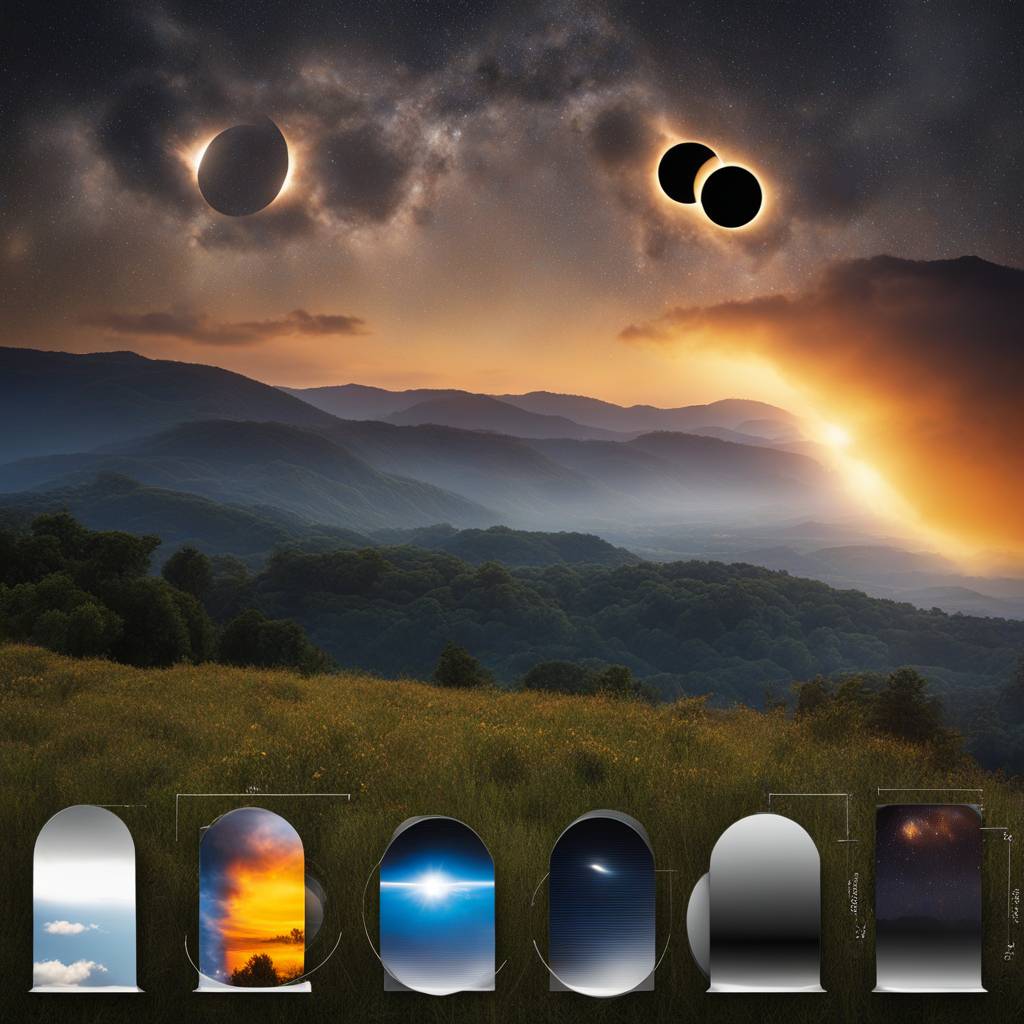The great American eclipse is set to occur on April 8, and it will be the last total solar eclipse over North America until 2044. During a total solar eclipse, the moon passes between the Earth and the sun, blocking the sun and causing a period of darkness. Depending on your location and angle, you may see the sun completely covered by the moon, known as totality. The 2024 total solar eclipse will begin on the Mexican Pacific coast and traverse the US in a northeasterly direction from Texas to Maine and into Canada. While not everyone can travel to see it, those living along the path of totality will have the opportunity to witness this rare event.
To make the most of the great American eclipse, it’s important to find the best viewing location within the path of totality. Major cities along the eclipse’s path include San Antonio, Dallas, Austin, Columbus, Cleveland, Indianapolis, Little Rock, Buffalo, and Rochester. You can also consider booking a seat on one of Delta Airlines’ flights that will offer prime eclipse viewing opportunities. If traveling is not an option, you can watch a 3-hour live stream of the event hosted by NASA, featuring commentary by experts, astronauts, and views from locations in the path of totality. It’s crucial to practice eye safety during the eclipse and avoid looking directly at the sun without proper eye protection.
For those interested in photographing the eclipse, attaching a certified solar filter to your camera is recommended to protect your eyes and capture quality images. The Solar Snap app, designed by a former Hubble Space Telescope astronomer, provides a solar filter for phones to help users take better photos while protecting their eyesight. Astronauts aboard the International Space Station will also have the opportunity to witness the eclipse, with three chances to view the eclipse shadow. The Eclipse Soundscapes Project by NASA engages citizen scientists to study how eclipses impact life on Earth.
Compared to the 2017 total solar eclipse, the 2024 eclipse will cover more land and last longer, with a maximum totality of nearly four-and-a-half minutes. The path of the 2024 eclipse will be wider, covering up to 122 miles compared to the 71-mile width of the 2017 eclipse. As the rare celestial event approaches, it’s essential to stay informed about eye protection, viewing tips, and where to access free solar eclipse glasses. By taking necessary precautions and choosing the best viewing location, spectators can make the most of the great American eclipse on April 8, 2024.












